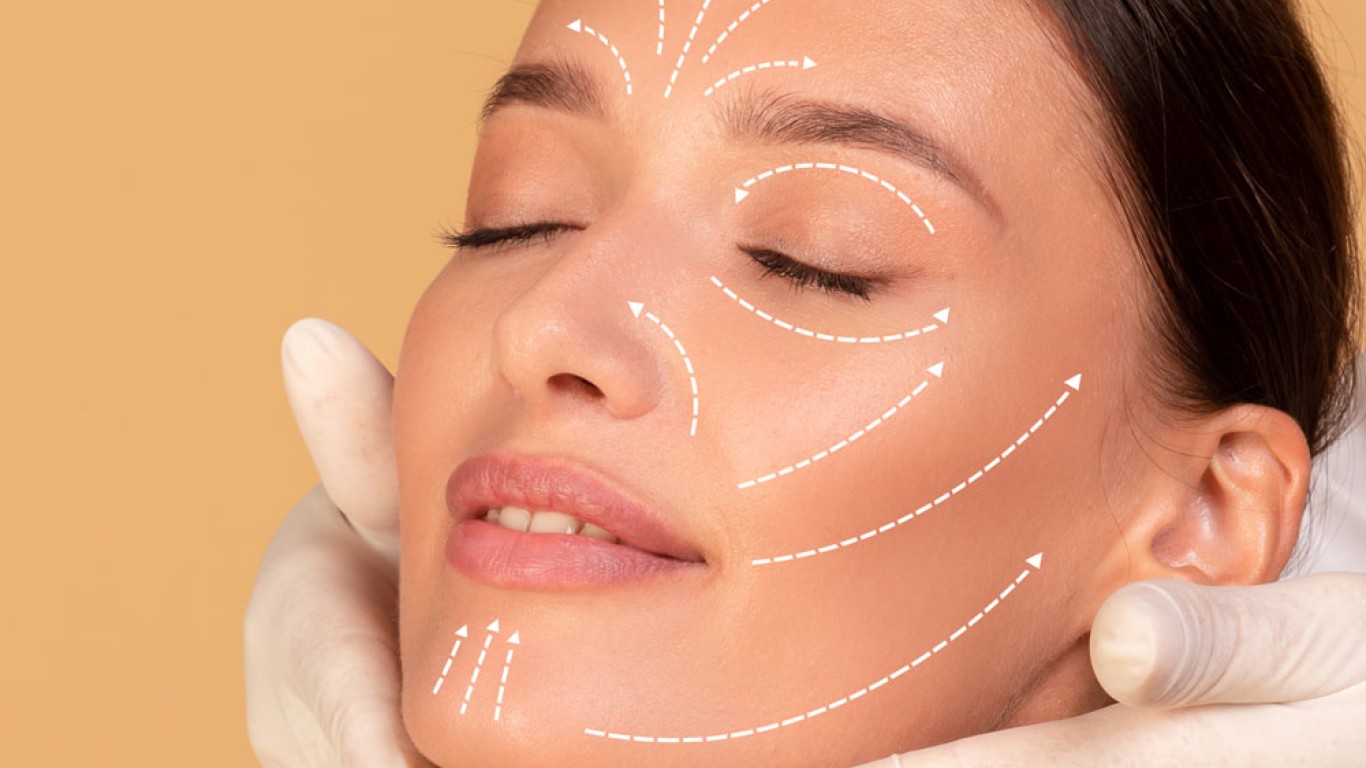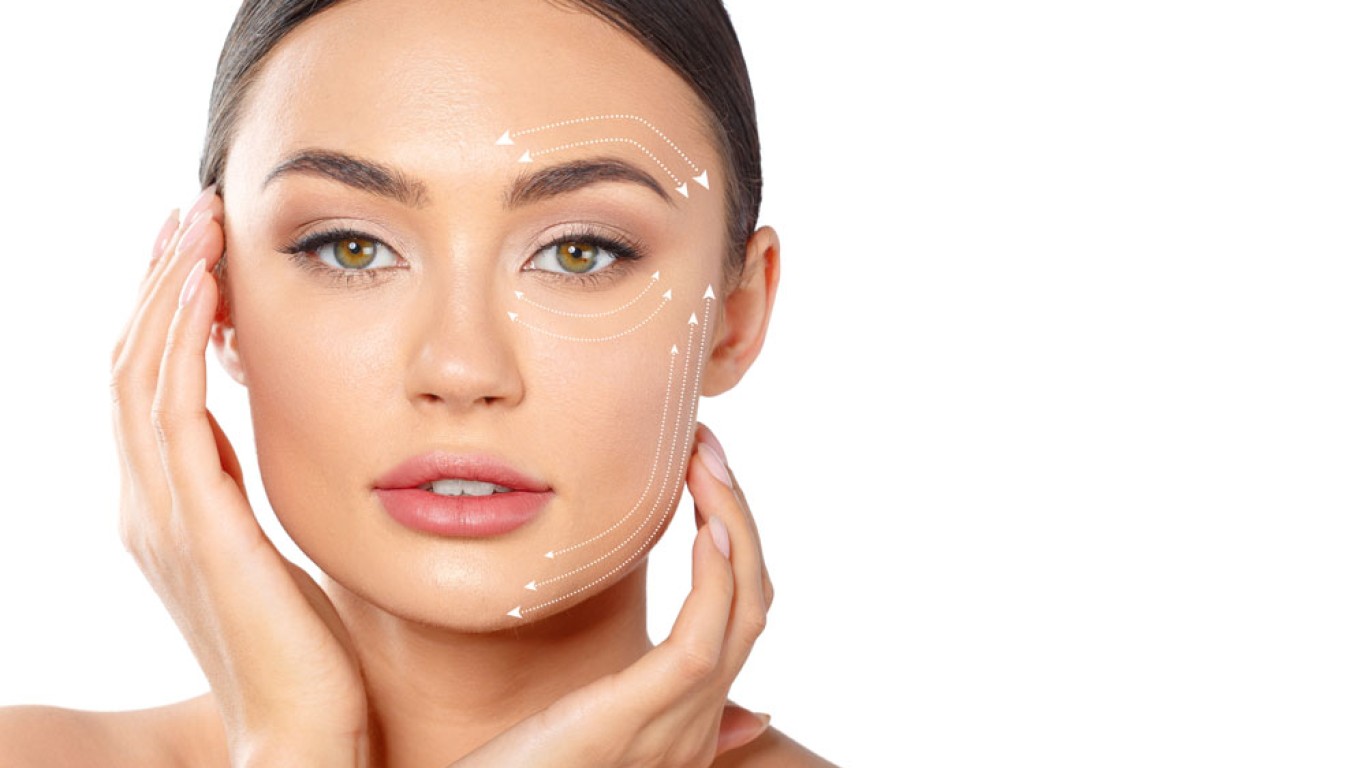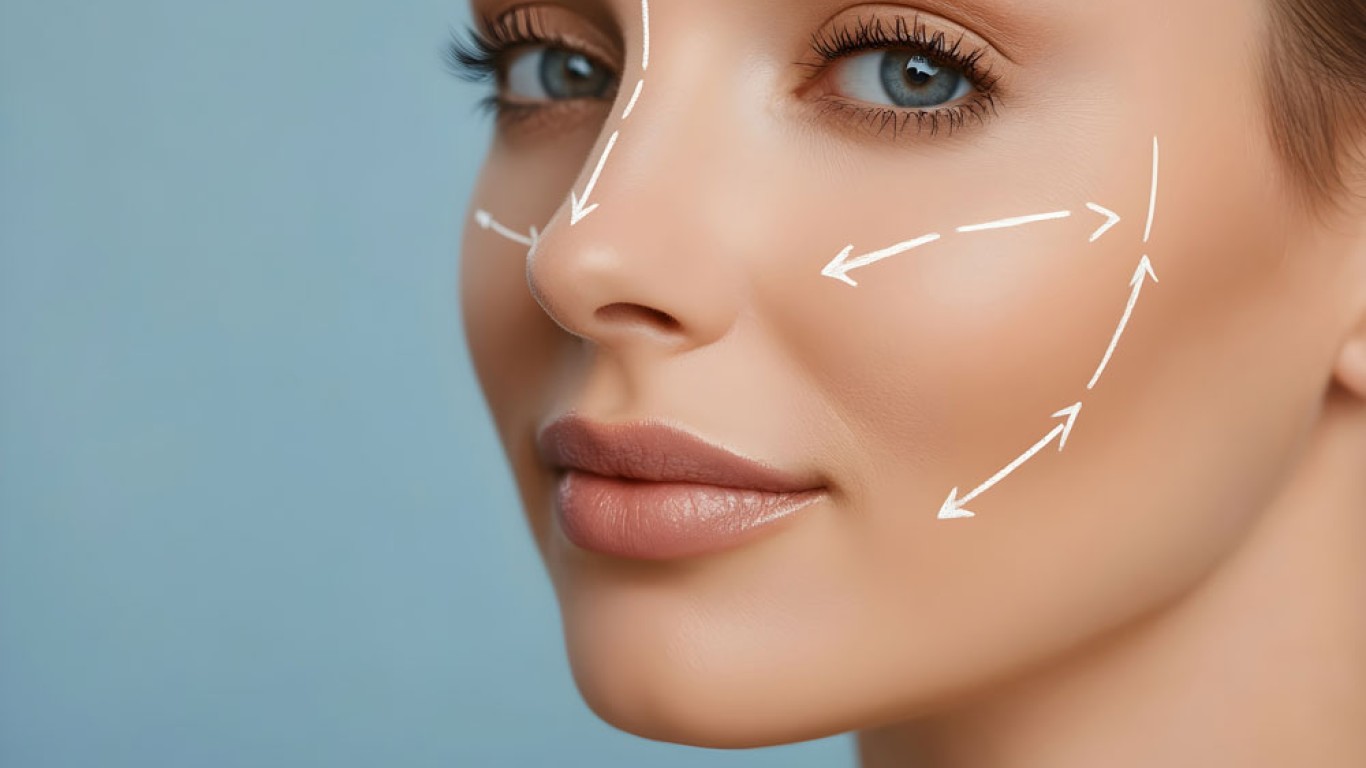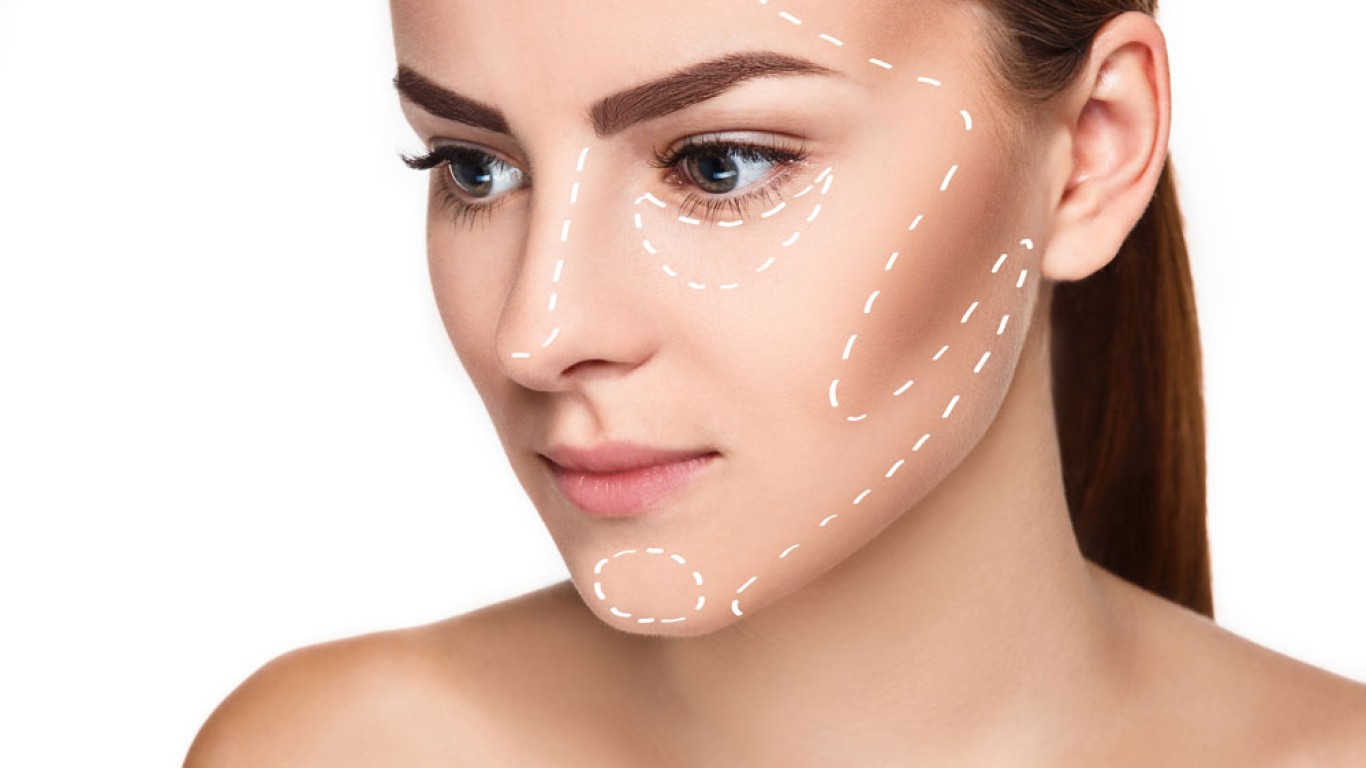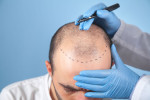Introduction
Rhytidectomy, or facelift surgery, rejuvenates the face by lifting sagging skin and restoring youthful contours. In essence, the procedure offers significant benefits including boosting self-confidence and improving facial balance. This guide provides a comprehensive look at rhytidectomy. We cover pre-operative planning, surgical techniques, recovery steps, and long-term care. Ultimately, you will understand how a facelift can transform your appearance naturally.
Understanding Rhytidectomy
Rhytidectomy removes excess skin and tightens underlying tissues. It is designed to reduce the visible effects of ageing by smoothing wrinkles and lifting sagging areas. Surgeons use precise techniques for natural results. In essence, the goal is to restore youthful facial contours while preserving expression.
Key Rhytidectomy Benefits
Modern rhytidectomy offers many benefits. These include:
- Enhanced Facial Contours: The surgery reshapes the face and defines the jawline.
- Natural Appearance: Advanced techniques result in subtle, natural-looking outcomes.
- Boosted Self-Confidence: Many patients feel more confident and look younger.
- Long-Lasting Results: With proper care, the improvements can last for many years.
- Minimised Scarring: Strategic incisions help hide scars along natural creases.
These rhytidectomy benefits drive the popularity of facelift surgery today.
What Are The Different Types Of Rhytidectomy?
There are several types of rhytidectomy. Each is designed to address specific areas of the face and neck.
Traditional Facelift
- This procedure targets the lower face and neck.
- It involves longer incisions along the hairline and around the ears.
- Traditional facelifts allow the surgeon to reposition deeper facial tissues and remove excess skin.
- This method provides dramatic, long-lasting improvements.
- It is best for patients with significant sagging or deep wrinkles in the mid and lower face.
Midface Lift
- A midface lift focuses on the cheeks and under-eye area.
- It lifts drooping midface tissues, reducing the appearance of nasolabial folds (smile lines). It also restores a more youthful contour.
- The incisions are typically smaller and placed in less visible areas.
- This technique is ideal for patients who want subtle improvements in the cheek and lower eyelid regions.
Mini Facelift
- The mini facelift is a less invasive option that uses smaller incisions.
- It is designed for patients with mild to moderate sagging.
- This technique focuses on lifting the lower face and jowls.
- Because of the limited tissue repositioning, the recovery time is generally shorter.
- The mini facelift is perfect for those seeking a refreshed look without the dramatic changes of a traditional facelift.
Endoscopic Facelift
- Some surgeons offer an endoscopic facelift, which employs a small camera and specialised instruments.
- This technique is minimally invasive and is used primarily for the upper face.
- It can improve forehead lines, brow position, and the upper eyelids.
- The incisions are very small, and recovery is typically faster.
- This method is suitable for patients looking for subtle yet effective improvements.

The Surgical Process for Rhytidectomy
On the day of surgery, follow your surgeon’s guidelines. You may be asked to fast for several hours. The procedure is typically done under general anaesthesia. Small, precise incisions are made along the hairline and natural creases. Excess skin is carefully removed. The underlying tissues are then tightened and repositioned. Every step is customised to your facial structure. In essence, the surgical process is both efficient and tailored.
Immediate Post-Operative Care for Rhytidectomy
The first few days after surgery are critical. Expect some swelling and bruising. Your healthcare team will monitor you closely. Take prescribed pain medications as directed. Use ice packs to reduce swelling. Apply ice for 15 minutes at a time. Keep incisions clean and dry. Strict post-operative care prevents complications. In short, proper immediate care speeds up the healing process.
Gradual Recovery and Activity
Recovery is a gradual process. In the first week, limit physical activity. Short, gentle walks are beneficial. These walks boost blood circulation. Good circulation speeds up tissue repair. After the initial phase, gradually increase your activity level. Low-impact exercises, such as stretching, are ideal. Always follow your surgeon’s advice. A gradual return to normal activities is key. In essence, careful activity reintroduction helps maintain your results.
Emotional and Psychological Preparation
Surgery affects both body and mind. It is normal to feel anxious before a facelift. Educate yourself about the procedure. Discuss your concerns with your surgeon. Consider joining a support group. Relaxation techniques such as meditation can help. A calm, positive mindset improves overall recovery. In essence, emotional readiness is as crucial as physical preparation.
Long-Term Maintenance and Follow-Up
Maintaining the benefits of a rhytidectomy requires ongoing care. Regular follow-up appointments are essential. These visits allow your surgeon to monitor progress. They help detect any issues early. Continue with a healthy lifestyle after recovery. Regular exercise and a balanced diet support long-term results. Protect your skin with good skincare and sun protection. Routine check-ups help preserve your facelift outcomes. In essence, long-term maintenance ensures lasting, natural results.
Additional Considerations
Consider a few extra points:
- Set Realistic Expectations: Healing varies by person. Understand that full results develop over time.
- Document Your Progress: Keep a recovery journal. Tracking improvements can guide adjustments.
- Stay Informed: New techniques and technologies continually emerge. Discuss updates with your surgeon.
- Maintain a Positive Attitude: A positive mindset aids both recovery and long-term satisfaction.
Conclusion
To summarise, a modern facelift offers significant rhytidectomy benefits. Thorough pre-operative preparation and customised surgical planning are crucial. The surgical process is precise and tailored to your unique anatomy. Immediate post-operative care, gradual recovery, and proper nutrition speed up healing. Emotional preparation and long-term maintenance further enhance your results.
Ultimately, by following these guidelines and committing to ongoing care, you can achieve lasting, natural outcomes that enhance your facial harmony and boost your self-confidence. A modern facelift is not just a cosmetic procedure; it is a transformative journey that can restore youthfulness and improve quality of life.
For more information and to book a consultation visit the ACIBADEM Beauty Center rhytidectomy page.
Frequently Asked Questions
They include natural-looking results, enhanced facial contours, and boosted self-confidence.
Surgeons use digital imaging and precise techniques to tailor the procedure to your anatomy.
Recovery involves pain management, proper wound care, and gradual reintroduction of activity.
A balanced diet and hydration support tissue repair and overall healing.
Regular check-ups monitor healing progress and address any issues early.

